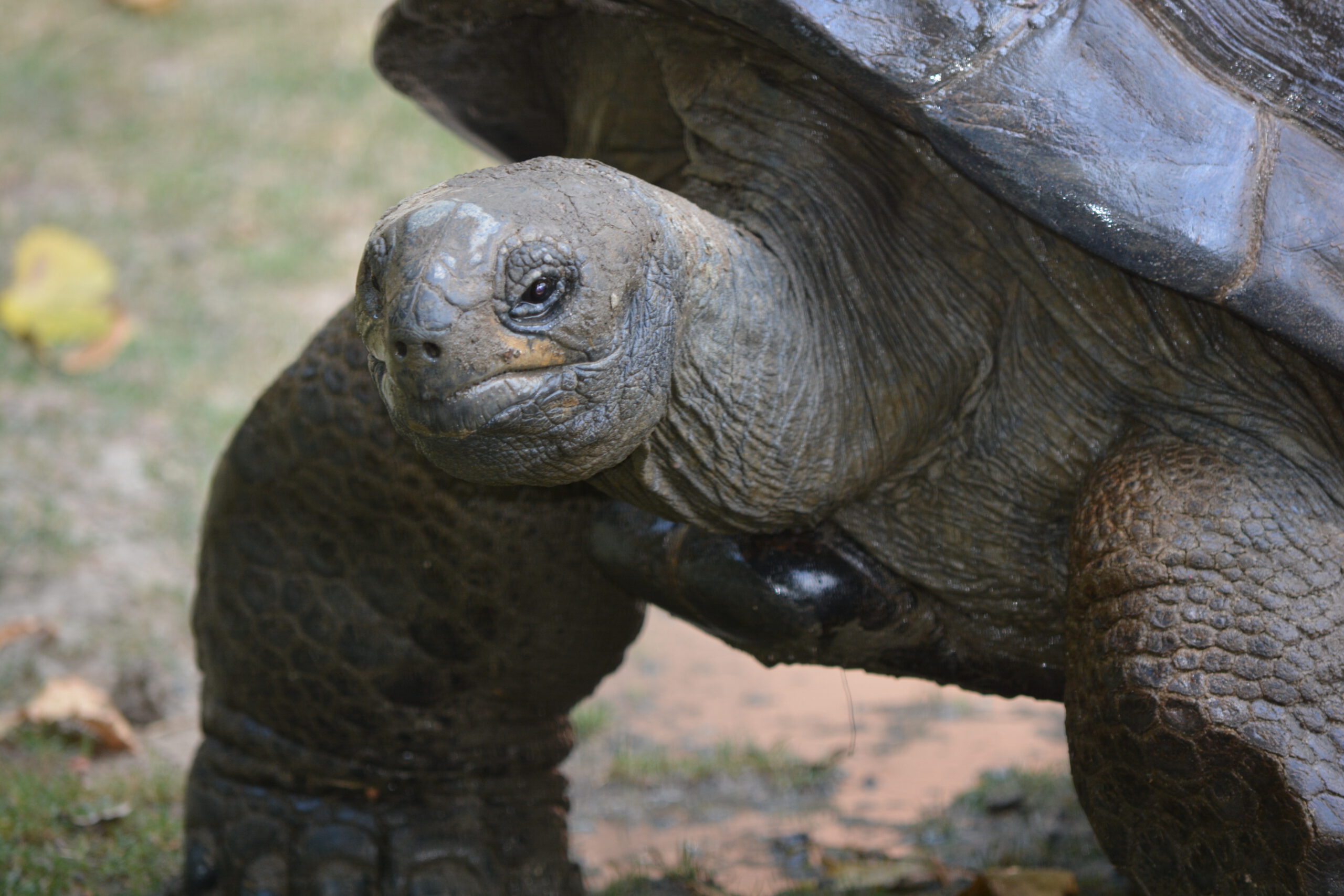By visiting the Fort Wayne Children’s Zoo, you are supporting local, regional, and global conservation. A portion of every ticket sold goes towards conservation of wildlife and wild places. Each year, the Fort Wayne Children’s Zoo donates over $250,000 to our conservation partners.
I LIVE IN AFRICA
The Aldabra tortoise is native to grassland and coastal habitats on the island of Aldabra, an island part of the Seychelles off the coast of East Africa.
I AM AN OMNIVORE
The Aldabra tortoise consumes a range of vegetation including grasses, woody plants, and nutritious leaves. Although their diet is largely herbivorous, they will eat meat if it is available.
ALDABRA TORTOISES ARE SOCIAL
When compared to other tortoise and reptile species, Aldabra tortoises are more social than most. They can often be found in pairs and small groups.
LARGER THAN LIFE
The Aldabra tortoise is one of the largest land tortoises in the world. While most of these tortoises range from 350 to 550 pounds, the largest free-roaming Aldabra tortoise in recorded history weighed almost 700 pounds.

